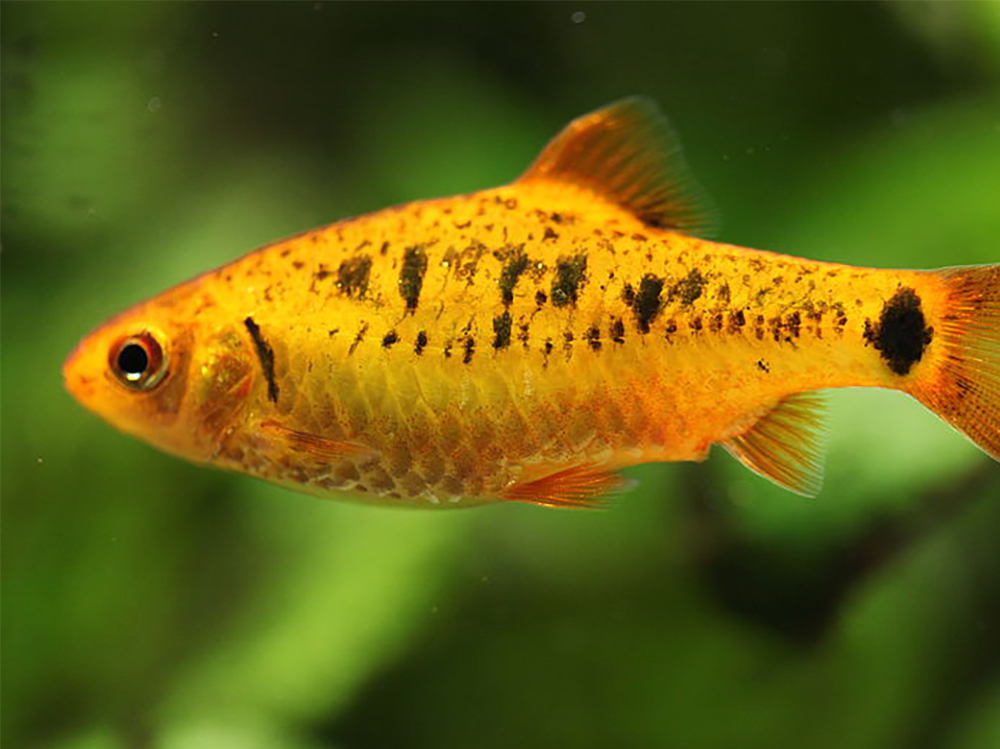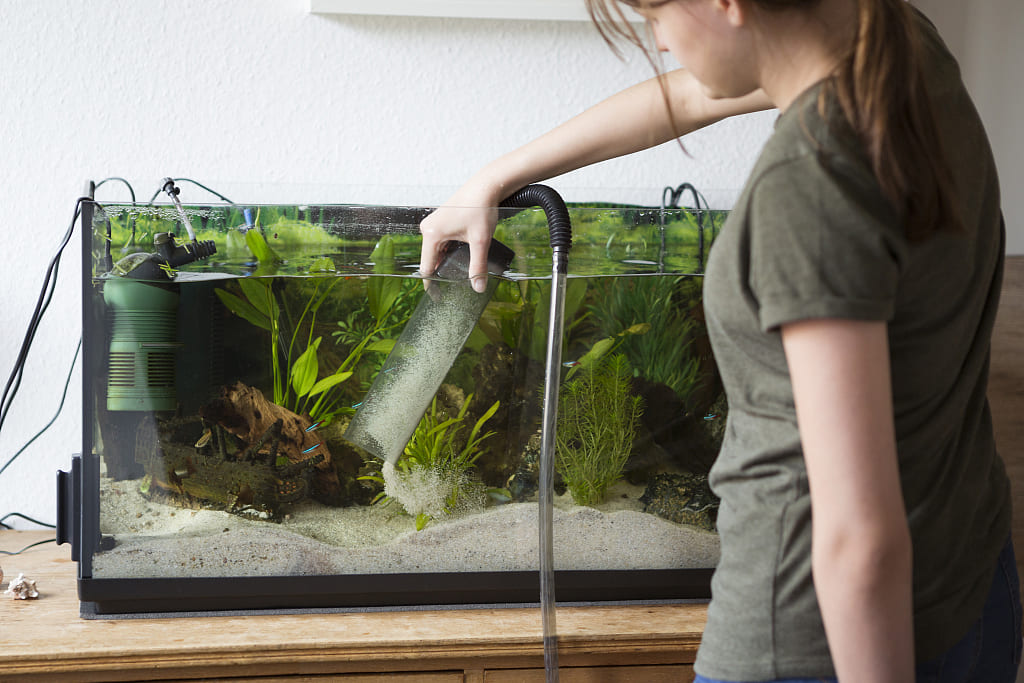The Vital Role of Water Changes
In the intricate ecosystem that is an aquarium, water quality reigns supreme. It’s the lifeblood of the habitat, determining not just the vibrancy of your aquatic residents but also their overall health and longevity. Regular water changes are paramount in maintaining this delicate balance, akin to refreshing the air we breathe. This comprehensive guide delves into the art and science behind changing water in your fish tank, ensuring a thriving underwater world.
Understanding the Need for Water Changes
Aquariums are closed systems, and as such, they accumulate waste products from fish, uneaten food, decaying plants, and other organic matter. These byproducts, when left unchecked, can lead to a buildup of harmful substances like ammonia, nitrites, and nitrates. High levels of these contaminants stress fish, weaken their immune system, and promote the growth of harmful algae and bacteria. By regularly replacing a portion of the water, you effectively dilute these toxins, creating a healthier environment.

Choosing the Right Frequency
Determining how often to change the water depends on several factors: the size of your aquarium, the number and type of fish, and the efficiency of your filtration system. As a general rule, a 10-20% water change every two weeks is a good starting point for most freshwater setups. However, heavily stocked tanks or those with sensitive species might require more frequent changes, sometimes as often as once a week. Marine aquariums, due to their higher sensitivity to water parameters, may necessitate even more meticulous care.
Preparing for the Water Change
Equipment Checklist
Before you begin, gather all necessary tools: a siphon gravel cleaner, a bucket (ideally dedicated for aquarium use to avoid contamination), a thermometer, dechlorinator, and a testing kit. Ensure your replacement water is at the correct temperature and treated to remove chlorine and chloramines, common in tap water, which can be toxic to fish.
Acclimating Your Replacement Water
Allowing your replacement water to sit overnight helps it reach room temperature and allows gases to dissipate naturally. If you’re in a hurry, use an aquarium heater to quickly adjust the temperature, being cautious not to overshoot the desired range.

The Art of Siphoning
Gravel Cleaning
Using a siphon gravel cleaner serves dual purposes: removing debris from the substrate while simultaneously extracting water. Begin by gently inserting the siphon into the gravel, moving it around to dislodge waste without disturbing the substrate excessively. This process not only cleans but also encourages beneficial bacterial growth within the gravel bed.
Precision Extraction
When siphoning, aim for a steady flow that doesn’t disturb your fish or decor. Start from one corner and work your way across the tank, paying extra attention to areas where debris tends to accumulate. Avoid sucking up any fish or delicate plants; a gentle touch is key.

Refilling and Rebalancing
Post-extraction, slowly introduce the prepped water back into the aquarium, preferably near the filter outlet to aid in circulation. Monitor the water level to avoid overfilling and maintain the appropriate depth for your setup.
Adjusting Parameters
After refilling, retest the water parameters—pH, ammonia, nitrite, nitrate, and temperature—to ensure they align with the aquarium’s needs. If necessary, make adjustments using appropriate aquarium-safe chemicals. Remember, sudden changes in water chemistry can stress fish, so strive for gradual adjustments.
Post-Water Change Care
Monitoring Fish Behavior
Keep a watchful eye on your fish following a water change. They may exhibit signs of stress such as rapid breathing, hiding, or unusual swimming patterns. These behaviors usually subside within a few hours, but if they persist, consider retesting water parameters or consulting with an aquatic expert.
Maintenance Schedule
Documenting your water changes can help establish a routine and track any trends in water quality. Use a logbook to note the date, percentage of water changed, and any observations about fish health or water parameters. This data can prove invaluable in identifying and troubleshooting potential issues.

Enhancing Water Quality with Supplements and Maintenance Practices
Beyond the fundamental act of water changing, there are supplementary steps you can take to further enhance water quality and promote a balanced ecosystem within your aquarium.
Nutrient Control and Carbon Dioxide Management
In planted aquariums, managing nutrient levels becomes crucial. Excessive nutrients can fuel aggressive algae growth, detracting from the visual appeal and health of your aquatic garden. Introducing liquid carbon or maintaining a CO2 injection system can boost plant growth while controlling unwanted algae blooms. Regular pruning of plants and removal of dead leaves also helps maintain a clean environment, reducing decomposing organic matter.
Beneficial Bacteria Boost
Aquatic ecosystems rely heavily on beneficial bacteria to break down harmful substances like ammonia and nitrites. Supplementing your aquarium with products designed to promote the growth of these bacteria, especially after a large water change or when cycling a new tank, can expedite the establishment of a stable nitrogen cycle. This practice is particularly important in newly set-up tanks or after using medications that may have inadvertently eradicated beneficial bacteria.

Lighting and Circulation Optimization
Proper lighting and water circulation play pivotal roles in maintaining water quality. Adequate lighting supports photosynthesis in aquatic plants, which helps regulate oxygen and carbon dioxide levels. Meanwhile, efficient water circulation ensures dissolved oxygen is distributed evenly throughout the tank, prevents dead spots where harmful substances can accumulate, and fosters a more natural environment for your inhabitants.
Quarantine Protocols
Implementing a strict quarantine procedure for new arrivals can prevent the introduction of diseases and parasites into your main aquarium. Quarantining new fish in a separate tank for a period allows you to observe them for any signs of illness before introducing them to the community. This practice minimizes the risk of contaminating your established aquarium during water changes or through direct contact.
Conclusion: Nurturing a Thriving Ecosystem
Regular water changes form the cornerstone of aquarium maintenance, fostering a harmonious and healthy environment for your aquatic pets. By adhering to a consistent schedule, utilizing the right techniques, and attentively monitoring water conditions, you create a vibrant underwater world where your fish can flourish. Remember, patience and diligence are key—your efforts will be rewarded with a thriving aquarium that brings joy and tranquility to your home.









